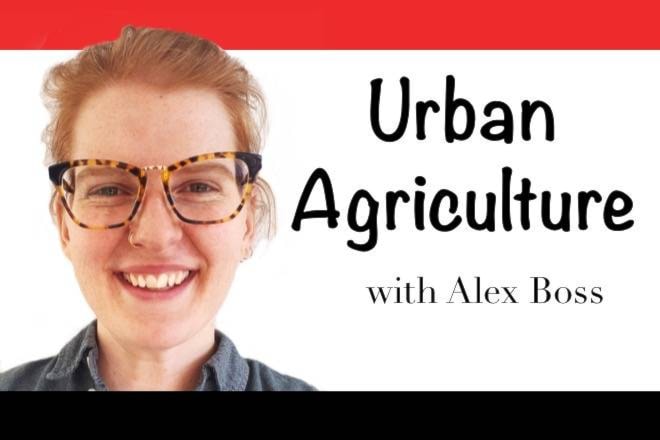Bats have a specific and special role to play in our ecosystem. Did you know there are 16 types of bats in B.C., 14 of which can be found in the Okanagan? We have the greatest diversity of bat species in all of Canada.
Recently, I was lucky enough to interview regional co-ordinator of the Okanagan Bat Team, Ella Braden, who told me all about the team and the bats in our area.
While there are 14 kinds of bats in the Okanagan, the ones you are most likely to see are the little brown bat, the Yuma bat, the big brown bat, and Townsend’s bat. The Townsend’s ears are half the size of its body. The pallid bat is unique to the Okanagan as this is the only place it is found in Canada. Another local, the rare spotted bat, is the only bat whose echolocation calls can be heard by humans. Keep an ear out for clicking sounds in the evening down by the water. All bats in the Okanagan eat insects and not fruit, so they are very helpful in controlling insect populations without being a nuisance for gardeners. Unfortunately, due to increased use of pesticides and ever-expanding land development, the bats are having a hard time finding both food and shelter.
Love bats and want to welcome them to your yard? You may have heard about installing bat boxes, which look similar to birdhouses, but there are important distinctions. Before making your own bat box or buying one from the Peachland Visitor Centre, make sure it is a multi-chamber box that has at least three chambers, or rooms, to prevent overheating of the box. There have been tragic cases where whole colonies of bats have died in single-chamber boxes due to overheating. Of the 14 bats found in the Okanagan, only four use bat boxes. The others have specific habitat needs and are usually found roosting in the crevices of tree bark and snag trees in old growth cottonwood and ponderosa pines.
As bats are experiencing increased habitat loss due to development along the lakes, grasslands, and cliff top areas we have to do our best on an individual level to protect their habitat. I also asked Ella about specific plants for the garden to attract the kinds of insects bats like to eat. Don’t worry your garden won’t be overrun by insects, the bats will eat them all up. Ella said bats like a variety of different habitats including dense brush and open grass areas. Try for native plants, specifically elderberries and wild rose to encourage both the insects and the bats. Your local nursery will be able to help you select the native plants right for your garden.
Are you a landowner who has an orchard or a vineyard which is organic or looking to go organic? Contact Ella directly for resources and assistance at okanaganbats@gmail.com or 1-855-922-BATS (2287) ext.13. She has worked with wineries and orchards in Osoyoos to install bat boxes as part of a process called integrated pest management, used by organic growers to minimize pests in order to maintain a healthy ecosystem. The growers she has worked with have had great success in reducing their use of pesticides to manage their crops. What could be better than a low cost, low maintenance, and ecologically sound practice like this?
For those who have no land, no problem. You can still help the bats by becoming a bat counter. Visit the Okanagan bat team at www.bcbats.ca or the Peachland Visitor Centre to learn more. Bat counters are very important to the conservation of Okanagan bats as the bat team relies on their data for research and funding purposes to show the health or decline of the bat populations. Being a citizen scientist is fun, rewarding, and connects you to your local community. For more pictures, references, and contact info for the bat team and Peachland Bats head to my website www.bossagritecture.com.
Alex Boss has a BA Hons in geography and is working towards her master’s degree in landscape architecture.
